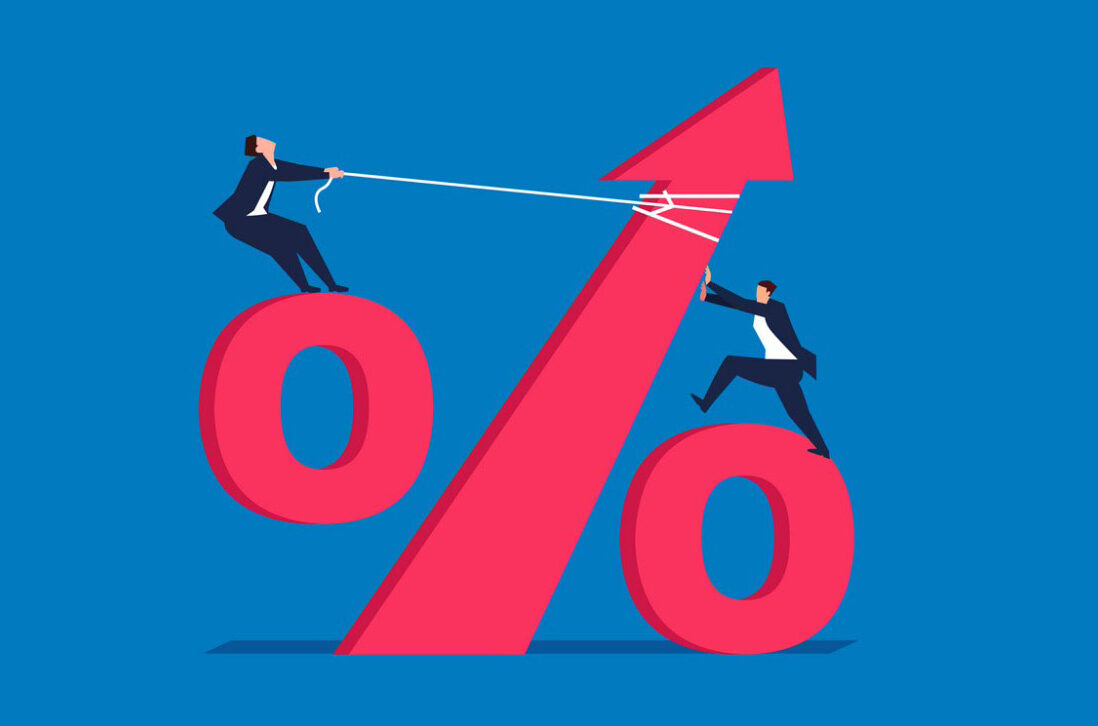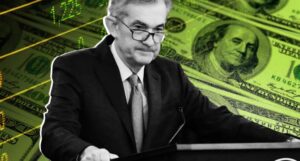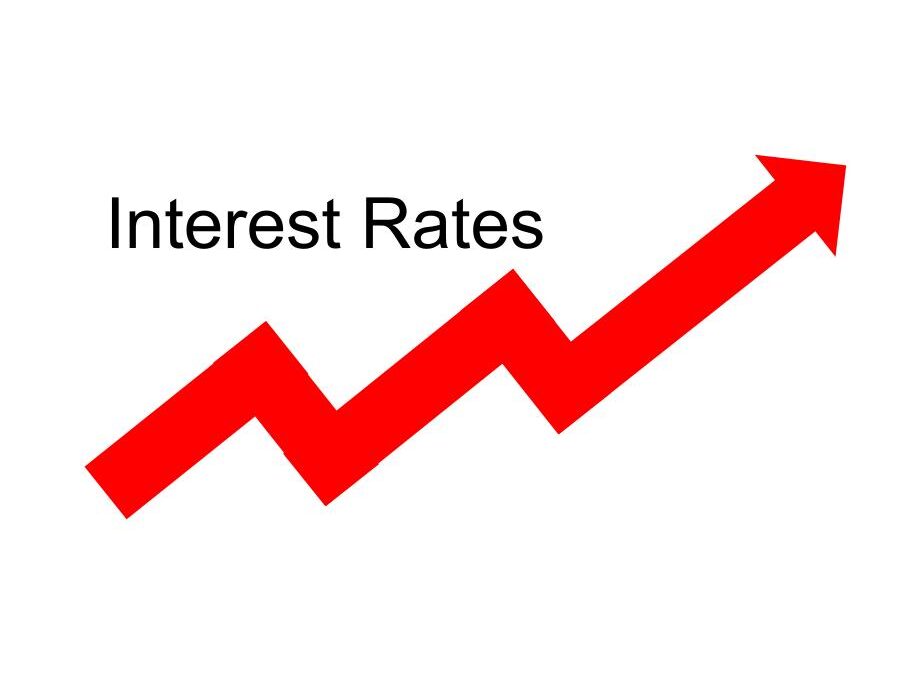The Federal Reserve, often referred to as the Fed, plays a crucial role in the economy by implementing monetary policy to promote price stability, maximum employment, and moderate long-term interest rates. Its primary objectives are to control inflation and maintain a stable financial system. One of the key tools the Fed uses to influence the economy is interest rates.
By adjusting interest rates, the Fed can impact borrowing costs, investment decisions, and overall economic activity. When the Fed raises interest rates, it aims to slow down economic growth and control inflation. Conversely, when it lowers interest rates, it seeks to stimulate economic activity and encourage borrowing and investment.
The Fed has several tools at its disposal to influence the economy. One of the primary tools is open market operations (OMO), which involves buying or selling government securities in the open market. When the Fed buys securities, it injects money into the economy, increasing the money supply and potentially lowering interest rates. Conversely, when it sells securities, it reduces the money supply and may raise interest rates. Another tool is the discount rate, which is the interest rate at which banks can borrow directly from the Fed. By raising or lowering the discount rate, the Fed can influence the cost of borrowing for banks, which can then affect lending rates for consumers and businesses. The third tool is reserve requirements, which determine the amount of reserves banks must hold. Adjusting reserve requirements can impact the amount of money banks have available to lend.
The Fed‘s decision to raise interest rates can have various effects on the economy. Firstly, higher interest rates can make borrowing more expensive for consumers and businesses, which can lead to reduced spending and investment. This can potentially slow down economic growth and dampen inflationary pressures.

Additionally, higher interest rates can impact the housing market by increasing mortgage rates, making it more challenging for individuals to afford homes and potentially slowing down home sales. Higher interest rates can also affect consumer credit, making it more expensive for individuals to borrow for purchases such as cars and appliances. Furthermore, higher interest rates can impact the stock market, as higher borrowing costs may lead to decreased corporate profits and investor sentiment. Overall, the Fed’s rate hikes are aimed at maintaining a balance in the economy, controlling inflation, and promoting long-term economic stability.
The impact of rate hikes on borrowing and lending
One of the primary effects of the Federal Reserve’s rate hikes is the impact on consumer loans and credit cards. As the Fed raises interest rates, variable rates on credit cards also increase, affecting cardholders’ borrowing costs. This can lead to higher monthly payments and increased costs for consumers who are already carrying credit card debt. The rise in interest rates can make it more challenging for individuals to qualify for loans, making it harder for them to access credit and plan their finances. Therefore, consumers need to be strategic in managing their variable rates and finding ways to minimize the impact of rate hikes on their borrowing and credit card balances.
The Federal Reserve’s rate hikes can also have a significant impact on mortgage rates and the housing market. While the Fed does not directly set mortgage rates, its actions can influence them indirectly.

Higher interest rates can increase the cost of mortgages, making it more expensive for homebuyers to finance their purchases. However, it is important to note that mortgage rates are also influenced by other factors, such as the overall economic outlook and inflation. Therefore, the impact of rate hikes on mortgage rates and the housing market may vary depending on these additional factors.
Business loans and investment can also be affected by the Federal Reserve’s rate hikes. When interest rates increase, borrowing costs for businesses also rise, making it more expensive for them to take out loans. This can impact business investment decisions, as higher rates can discourage borrowing and slow down economic activity. However, the Federal Reserve’s rate hikes are intended to balance the market and control inflation. The goal is to slow economic activity without causing a significant downturn. Therefore, the impact on business loans and investment may be influenced by various factors, including the overall economic conditions and the level of inflation.
Effects on inflation and the overall economy
One of the key effects of the Federal Reserve’s rate hikes is their impact on inflation. Interest rates and inflation have a direct relationship, meaning that rates are raised to keep inflation in check. When the Fed raises interest rates, it aims to slow down economic activity without causing a significant downturn.

By increasing borrowing costs, the Fed makes it more expensive for individuals and businesses to access credit, which can help prevent excessive borrowing and spending that could lead to inflationary pressures. The latest hike by the Fed is expected to reach a peak of 5% to 5.25%. Therefore, rate hikes play a crucial role in curbing inflation and maintaining price stability in the economy.
Another significant impact of the Fed’s rate hikes is on consumer spending and business investment. When interest rates increase, it becomes more expensive for individuals to borrow money for major purchases such as homes and cars. This can lead to a decrease in consumer spending, as individuals may be less willing or able to take on additional debt. Additionally, higher interest rates can discourage businesses from borrowing to fund investments and expansions, which can slow down economic growth. Therefore, rate hikes can have a dampening effect on both consumer spending and business investment, potentially impacting the overall economic activity.
The Fed’s rate hikes also have implications for exchange rates and international trade. As the Fed raises interest rates, it can make the US dollar more attractive to investors seeking higher yields. This increased demand for the US dollar can lead to a strengthening of the currency, which can have both positive and negative effects on international trade. On one hand, a stronger dollar can make imports cheaper, benefiting consumers. On the other hand, it can make exports more expensive, potentially impacting the competitiveness of US businesses in the global market. Therefore, rate hikes can have a ripple effect on exchange rates and international trade, influencing the overall economic landscape.
Considerations and potential risks of rate hikes
One of the key considerations when the Federal Reserve raises interest rates is finding the balance between economic growth and inflation. The Fed aims to prevent excessive inflation by slowing down economic activity through rate hikes.
The goal is to maintain sustainable levels of growth without risking runaway inflation. By increasing interest rates, borrowing becomes more expensive, which can help curb inflationary pressures. This balancing act is crucial to ensure a healthy and stable economy. The recent rate hike by the Fed may indicate their confidence in the economy’s ability to withstand further increases and manage inflationary pressures.

However, there are potential risks associated with tightening monetary policy too quickly. If the Fed raises interest rates too rapidly, it could have a negative impact on the economy. Higher borrowing costs may lead to reduced consumer spending and business investment, which can slow down economic growth. This could result in a contraction of GDP and potentially trigger a recession. The Fed must carefully assess the pace and magnitude of rate hikes to avoid destabilizing the economy.
The impact of rate hikes on stock markets and investor sentiment is another important consideration. Increasing interest rates can have a ripple effect on the financial markets. Higher borrowing costs can make it more expensive for companies to finance their operations, potentially leading to lower corporate profits. This can impact stock prices and investor confidence. Investors may also reallocate their portfolios in response to rising interest rates, which can further impact market dynamics. It is essential for investors to closely monitor the effects of rate hikes on the stock market and adjust their investment strategies accordingly.
